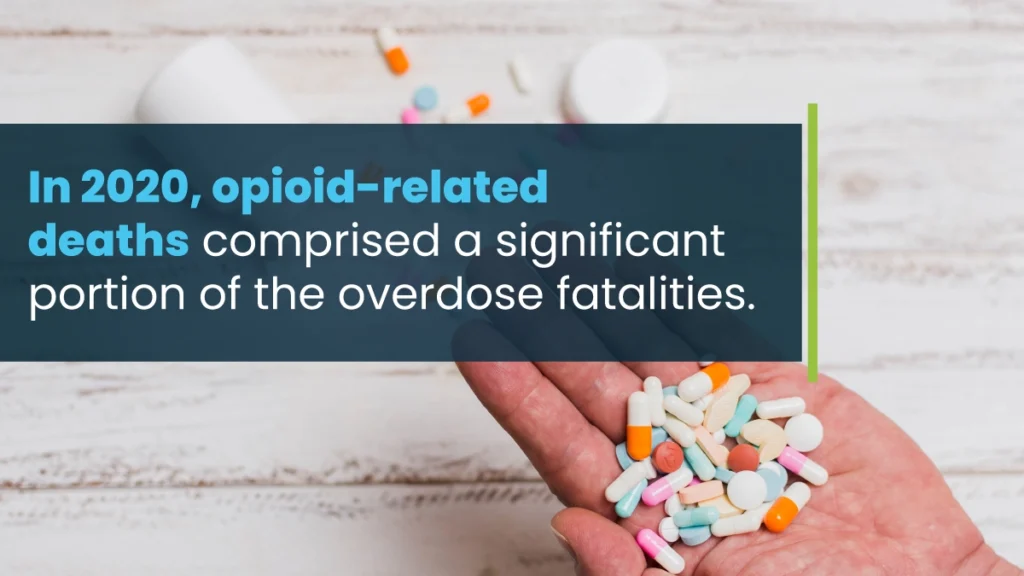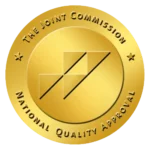Naloxone, often called Narcan, is a vital tool in fighting against opioid overdoses. Knowing the appropriate time and method of administering naloxone can be acute in saving lives.
In this blog post, we will look into the rates of opioid overdoses in the US, the crucial role naloxone plays, its various forms, when to use it, and, most importantly, how to administer it effectively.

Key Takeaways
Naloxone, also known as Narcan, is essential in combating opioid overdoses. Here is what you need to know about the drug:
- Naloxone is a lifesaving medication that quickly reverses opioid overdoses.
- To respond effectively, it’s important to be aware of overdose symptoms, such as slow breathing and unresponsiveness.
- To save lives, it’s important to increase the accessibility of naloxone.
Connect with professionals at The Haven Detox-Little Rock who can guide you toward recovery. Contact us at (501) 271-3342 for support and treatment options.
Opioid Overdose Statistics in the US
Opioid overdose has reached alarming levels in the United States. According to the Centers for Disease Control and Prevention (CDC), in 2020, there were over 93,000 drug overdose deaths, with opioids accounting for a significant portion of these fatalities. These staggering statistics highlight the urgent need for interventions like naloxone.
Role of Naloxone in Opioid Overdoses
Naloxone rapidly reverses life-threatening opioid overdoses as an antagonist. It works by displacing opioids from the receptors in the brain, restoring normal breathing and consciousness. Administering naloxone rightly can mean the difference between life and death.
When opioids wrap to receptors in the brain, they depress the central nervous system, causing slow and shallow breathing. Naloxone competes with opioids for these receptors, reversing their effects and restoring normal respiration.
Forms of Naloxone
Naloxone is available in different forms, making it accessible for various situations:
Intravenous Naloxone: This form is typically administered by medical professionals and is used in severe cases. It acts rapidly, but it requires medical expertise for safe use.
Naloxone Nasal Spray: Naloxone nasal spray is user-friendly and doesn’t require special training. It is sprayed into the nostrils and is absorbed through the nasal membranes, making it practical and fast-acting.
Naloxone Auto-Injector: Like an EpiPen, the auto-injector is a user-friendly device that administers naloxone through a preloaded syringe. It’s designed for easy use in emergencies.
When To Use Naloxone: Signs of an Opioid Overdose
Knowing when to use naloxone is critical for opioid addiction recovery. Signs of an opioid addiction include:
- Slow or shallow breathing
- Unresponsiveness or inability to wake up
- Bluish or pale skin and lips
- Pinpoint pupils
- Gurgling or choking sounds
If you suspect anyone is experiencing an opioid overdose and observe these symptoms, administer naloxone immediately and call the emergency helpline.
How To Administer Naloxone Effectively
Administering naloxone can be a lifesaving act. The steps may vary depending on the form of naloxone:
Intravenous Naloxone
- This method requires a medical professional and cannot be administered by family or friends of the patient.
- Prepare the syringe and needle with the naloxone solution.
- Inject it into a vein.
- Monitor the individual for signs of improvement.
Naloxone Nasal Spray
- Remove the device from the packaging.
- Place the nozzle in one nostril and spray.
- Administer a second dose if necessary after 2-3 minutes.
Naloxone Auto-Injector
- Remove the device from its protective case.
- Place the tip against the thigh and press firmly.
- Hold for 5 seconds and observe for a response.
Naloxone: Storage, Disposal, and Access
People should store naloxone in a cool, dry place away from direct sunlight. Always check the expiration date and replace it when necessary. To dispose of naloxone, follow local guidelines or consult your pharmacist.
Many states in the US have implemented naloxone access laws that allow pharmacies to dispense naloxone without a prescription. You can also obtain naloxone through harm reduction organizations, healthcare providers, and public health agencies.
Frequently Asked Questions (FAQ)
How do you administer naloxone?
In case of an opioid overdose, first call 911 for medical assistance. Then, follow the approved FDA instructions. Administer the dose of naloxone as directed, typically as a nasal spray or injection into the thigh muscle.
Family members, friends, and bystanders must be prepared, as naloxone can provide temporary treatment until medical help arrives.
How do you use Narcan step by step?
To use Narcan, an opioid antagonist medication, follow these steps:
Obtain Narcan from a doctor or pharmacy.
Hold the Narcan nasal spray with the nozzle at the patient’s nose.
Administer one spray into one nostril.
Seek immediate medical assistance, as Narcan may trigger opioid withdrawal symptoms.
Store Narcan at home as directed, away from heat, and check for any allergic reaction.
Take the First Step Towards Recovery Today
At The Haven Detox-Little Rock, we offer various services to pave your path to a life free from substance addiction.
Our detox programs provide a safe withdrawal from toxins in the body. At the same time, residential treatment offers comprehensive care and therapy. Our cutting-edge IV therapy enhances recovery by addressing nutritional deficiencies and promoting well-being.
Contact us at (501) 271-3342 today to get more information.



